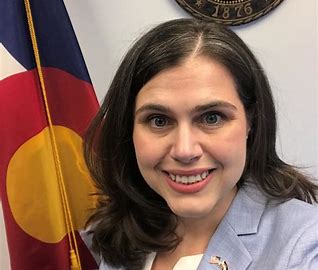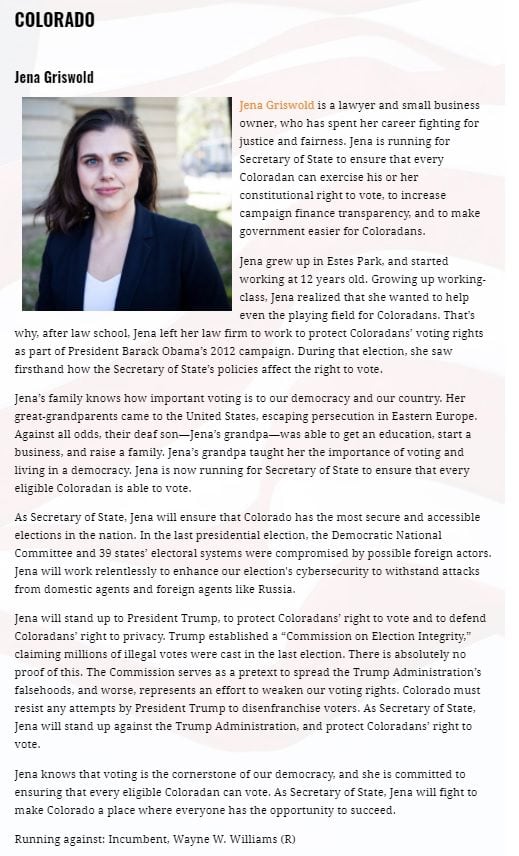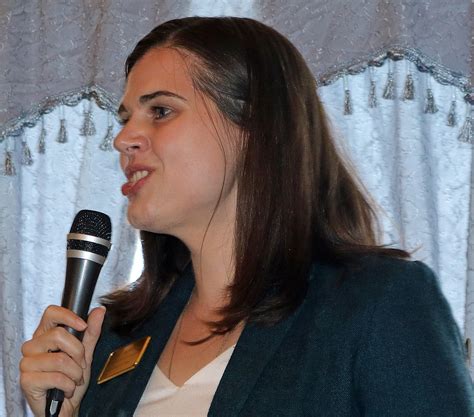Here’s Why it was So Important for Democrats to Make Juneteenth a National Holiday…
By Jim Hoft
Published June 18, 2021 at 7:33pm

When the Civil War ended, and after Republican President Abraham Lincoln liberated the slaves, Democrats initiated Jim Crow laws to punish blacks. Democrats discriminated against blacks. In fact, the KKK, was founded as the the terrorist wing of the Democrat Party.
The Ku Klux Klan assassinated many Republicans including Republican Representative James M. Hinds
(December 5, 1833—October 22, 1868) of Little Rock. Hinds represented
Arkansas in the United States Congress from June 24, 1868 through
October 22, 1868 before his death.
The Ku Klux Klan was founded as the activist wing of the Democratic Party.

On September 28, 1868, a mob of Democrats massacred nearly 300 African-American Republicans
in Opelousas, Louisiana. The savagery began when racist Democrats
attacked a newspaper editor, a white Republican and schoolteacher for
ex-slaves. Several African-Americans rushed to the assistance of their
friend, and in response, Democrats went on a “Negro hunt,” killing every
African-American (all of whom were Republicans) in the area they could
find. (Via Grand Old Partisan)
Democrats in hoods slaughtered hundreds of Republicans and blacks across the country.
They beat and threatened and murdered Republicans for standing with the black man.
TRENDING: VIOLENCE
BREAKS OUT at Denver Conservative Conference as Hundreds of Antifa
Militants Threaten And Harass Drivers and Guests Outside Hotel
On April 20, 1871 the Republicans passed the anti-Ku Klux Klan Act outlawing Democratic terrorist groups.
The last KKK official to serve in Washington DC was former Senator Robert Byrd, a KKK kleagle. Byrd was a top Democrat and friend of Joe Biden.
In fact, throughout the Civil Rights era of the 19th and 20th
century Democrats fought against freedom and rights for the black man.
The only blip of positive news during the 19th Century for Democrats
was the long-forgotten Juneteenth celebration. After the Great
Emancipator Abraham Lincoln was murdered by a Democrat his successor
Andrew Johnson sent US troops to Galveston to free the slaves there in
Texas.
This is the only bright spot for Democrats today in the
entire history of civil rights in the 19th and most of the 20th
centuries.
Hence, they made it a national holiday.
They had to.
Here is a brief history of the end of slavery and emancipation in the United States.
Via Michael Zak at Grand Old Partisan and later reposted at Free Republic:
September 22, 1862: Republican President Abraham Lincoln issues preliminary Emancipation Proclamation
January 1, 1863: Emancipation Proclamation, implementing the Republicans’ Confiscation Act of 1862, takes effect
The Democratic Party continues to Support Slavery.
February 9, 1864: Susan B. Anthony and Elizabeth
Cady Stanton deliver over 100,000 signatures to U.S. Senate supporting
Republicans’ plans for constitutional amendment to ban slavery
June 15, 1864: Republican Congress votes equal pay for African-American troops serving in U.S. Army during Civil War
June 28, 1864: Republican majority in Congress repeals Fugitive Slave Acts
October 29, 1864: African-American abolitionist
Sojourner Truth says of President Lincoln: “I never was treated by
anyone with more kindness and cordiality than were shown to me by that
great and good man”
January 31, 1865: 13th Amendment banning slavery passed by U.S. House with unanimous Republican support, intense Democrat opposition
Republican Party Support: 100% Democratic Party Support: 23%
March 3, 1865: Republican Congress establishes
Freedmen’s Bureau to provide health care, education, and technical
assistance to emancipated slaves
April 8, 1865: 13th Amendment banning slavery passed by U.S. Senate
Republican support 100% Democrat support 37%
June 19, 1865: On “Juneteenth,” U.S. troops land in
Galveston, TX to enforce ban on slavery that had been declared more than
two years before by the Emancipation Proclamation
November 22, 1865: Republicans denounce Democrat
legislature of Mississippi for enacting “black codes,” which
institutionalized racial discrimination
1866: The Republican Party passes the Civil Rights Act of 1866 to protect the rights of newly freed slaves
December 6, 1865: Republican Party’s 13th Amendment, banning slavery, is ratified
*1865: The KKK launches as the “Terrorist Arm” of the Democratic Party
February 5, 1866: U.S. Rep. Thaddeus Stevens (R-PA)
introduces legislation, successfully opposed by Democrat President
Andrew Johnson, to implement “40 acres and a mule” relief by
distributing land to former slaves
April 9, 1866: Republican Congress overrides
Democrat President Johnson’s veto; Civil Rights Act of 1866, conferring
rights of citizenship on African-Americans, becomes law
April 19, 1866: Thousands assemble in Washington, DC to celebrate Republican Party’s abolition of slavery
May 10, 1866: U.S. House passes Republicans’ 14th
Amendment guaranteeing due process and equal protection of the laws to
all citizens; 100% of Democrats vote no
June 8, 1866: U.S. Senate passes Republicans’ 14th
Amendment guaranteeing due process and equal protection of the law to
all citizens; 94% of Republicans vote yes and 100% of Democrats vote no
July 16, 1866: Republican Congress overrides
Democrat President Andrew Johnson’s veto of Freedman’s Bureau Act, which
protected former slaves from “black codes” denying their rights
July 28, 1866: Republican Congress authorizes formation of the Buffalo Soldiers, two regiments of African-American cavalrymen
July 30, 1866: Democrat-controlled City of New
Orleans orders police to storm racially-integrated Republican meeting;
raid kills 40 and wounds more than 150
January 8, 1867: Republicans override Democrat President Andrew Johnson’s veto of law granting voting rights to African-Americans in D.C.
July 19, 1867: Republican Congress overrides
Democrat President Andrew Johnson’s veto of legislation protecting
voting rights of African-Americans
March 30, 1868: Republicans begin impeachment trial
of Democrat President Andrew Johnson, who declared: “This is a country
for white men, and by God, as long as I am President, it shall be a
government of white men”
May 20, 1868: Republican National Convention marks
debut of African-American politicians on national stage; two – Pinckney
Pinchback and James Harris – attend as delegates, and several serve as
presidential electors
1868 (July 9): 14th Amendment passes and recognizes newly freed slaves as U.S. Citizens
Republican Party Support: 94% Democratic Party Support: 0%
September 3, 1868: 25 African-Americans in Georgia
legislature, all Republicans, expelled by Democrat majority; later
reinstated by Republican Congress
September 12, 1868: Civil rights activist Tunis
Campbell and all other African-Americans in Georgia Senate, every one a
Republican, expelled by Democrat majority; would later be reinstated by
Republican Congress
September 28, 1868: Democrats in Opelousas,
Louisiana murder nearly 300 African-Americans who tried to prevent an
assault against a Republican newspaper editor
October 7, 1868: Republicans denounce Democratic Party’s national campaign theme: “This is a white man’s country: Let white men rule”
October 22, 1868: While campaigning for re-election,
Republican U.S. Rep. James Hinds (R-AR) is assassinated by Democrat
terrorists who organized as the Ku Klux Klan
November 3, 1868: Republican Ulysses Grant defeats
Democrat Horatio Seymour in presidential election; Seymour had denounced
Emancipation Proclamation
December 10, 1869: Republican Gov. John Campbell of
Wyoming Territory signs FIRST-in-nation law granting women right to vote
and to hold public office
February 3, 1870: The US House ratifies the 15th Amendment granting voting rights to all Americans regardless of race
February 25, 1870: Hiram Rhodes Revels becomes the
first Black seated in the US Senate, becoming the First Black in
Congress and the first Black Senator.
May 19, 1870: African American John Langston, law
professor and future Republican Congressman from Virginia, delivers
influential speech supporting President Ulysses Grant’s civil rights
policies
May 31, 1870: President U.S. Grant signs Republicans’ Enforcement Act, providing stiff penalties for depriving any American’s civil rights
June 22, 1870: Republican Congress creates U.S.
Department of Justice, to safeguard the civil rights of
African-Americans against Democrats in the South
September 6, 1870: Women vote in Wyoming, in FIRST election after women’s suffrage signed into law by Republican Gov. John Campbell
December 12, 1870: Republican Joseph Hayne Rainey
becomes the first Black duly elected by the people and the first Black
in the US House of Representatives
In 1870 and 1871, along with Revels (R-Miss) and Rainey (R-SC), other
Blacks were elected to Congress from Alabama, Florida, Georgia,
Louisiana, Mississippi, North Carolina and Virginia – all Republicans.
A Black Democrat Senator didn’t show up on Capitol Hill until 1993. The first Black Congressman was not elected until 1935.
February 28, 1871: Republican Congress passes Enforcement Act providing federal protection for African-American voters
March 22, 1871: Spartansburg Republican newspaper denounces Ku Klux Klan campaign to eradicate the Republican Party in South Carolina
April 20, 1871: Republican Congress enacts the
(anti) Ku Klux Klan Act, outlawing Democratic Party-affiliated terrorist
groups which oppressed African-Americans
*** You get the picture.
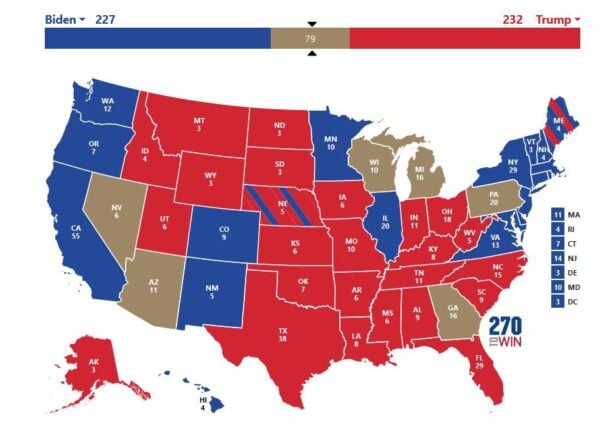

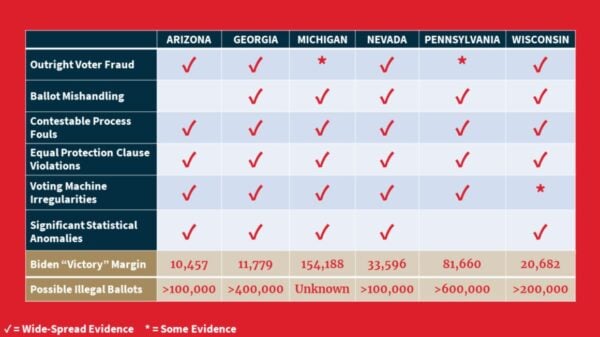
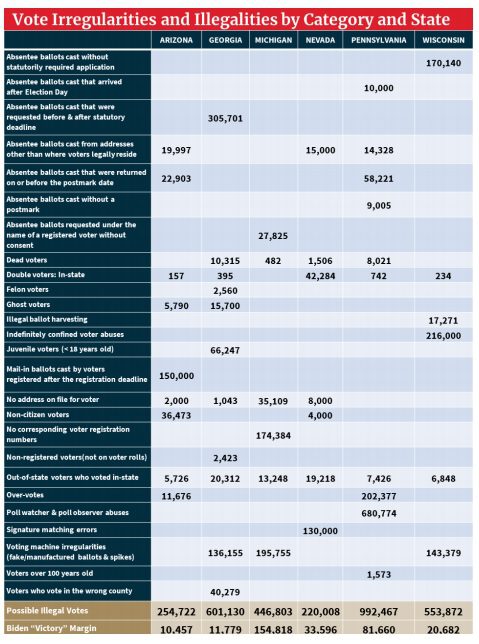











 “Reporting
the news” means relaying what is happening in the world. Humans do
this. Humans are biased. So “reporting the news” has always been a
biased business.
“Reporting
the news” means relaying what is happening in the world. Humans do
this. Humans are biased. So “reporting the news” has always been a
biased business.

